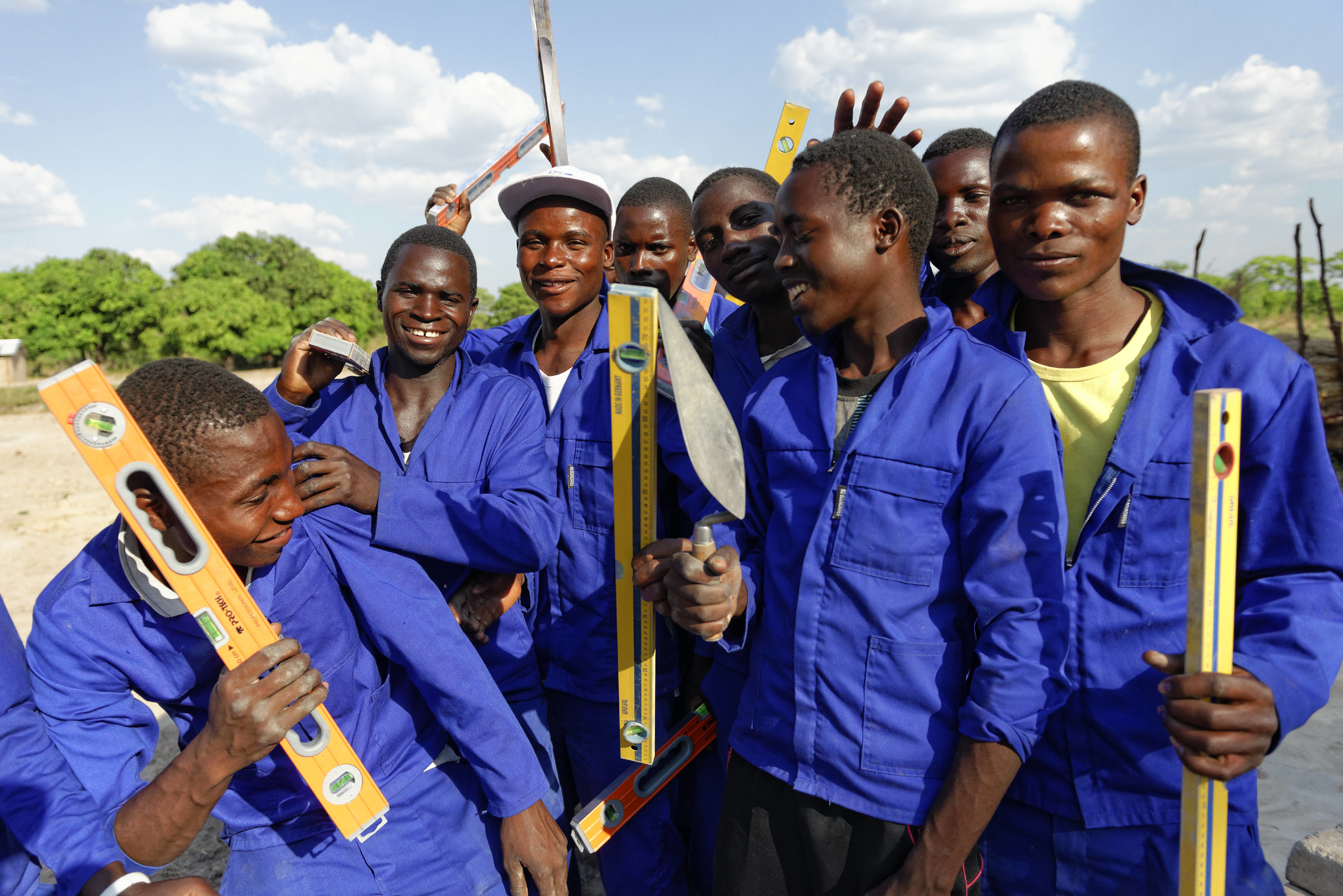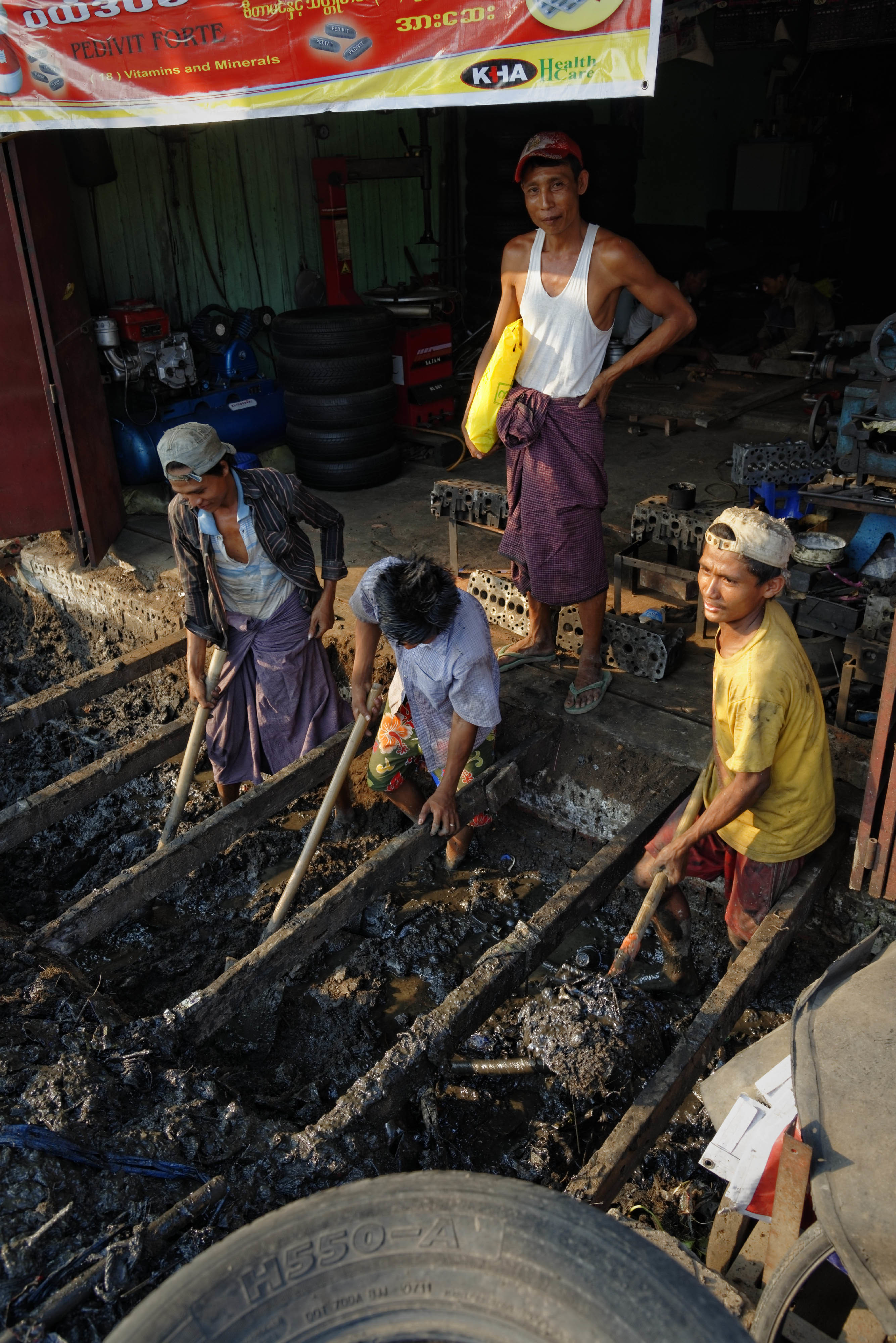According to ILO estimates, nurses and midwives represent an average of only 1.3 per cent of the workforce in countries with available data, yet they are the backbone of any healthcare system, usually accounting for about half of the workers in human health and social work. Their role becomes even more crucial during times of crisis. ILO’s most recent World Employment and Social Outlook on essential workers identified nurses and midwives as key workers who faced elevated health risks and job strain while working during the COVID-19 pandemic.
A predominantly female workforce
The nursing and midwifery profession is often perceived as a predominantly female field, and for good reason: four in five nurses and midwives are women. However, this varies across countries, with some regional and income-group patterns. The dominance of female employment is particularly pronounced in high and upper-middle income countries.
Among all countries with available data, for every 1000 people, there are 5 nurses and midwives in scrubs ready to tend to their health needs. The comparable figure is 10 per 1000 people in high-income countries but drops down to around 3 per 1000 people in low and lower-middle-income countries.
While high-income countries boast the most robust healthcare systems, they also have ageing populations, which increases demands on these systems. Meanwhile, despite having fewer resources overall, low-income countries have the highest number of nurses per 1000 elderly people (aged 65 and over), mainly due to their young demographic structure. Interestingly, they also have the most midwives per woman of childbearing age (aged 15 to 44).
In high demand and short supply
As the world grapples with labour shortages and capacity constraints in healthcare and long-term care, the statistics presented above may soon worsen. The global shortage of healthcare workers is a ticking time bomb, and the COVID-19 pandemic has only made it worse. The World Health Organization (WHO) has warned of a growing exodus of healthcare workers from poor to wealthier countries, a trend that was already underway before the pandemic. Fifty-five countries with some of the world’s most fragile health systems do not have enough healthcare workers (density below the global median of 49 medical doctors, nursing and midwifery personnel per 10’000 people), and many are losing them to international migration.
In addition to the small islands and countries with predominantly foreign workforces, high-income countries top the list of the share of foreign (or non-citizen) nurses and midwives. This trend is not unique to this healthcare profession, as more favourable working conditions and opportunities have historically driven migration to wealthier nations. To better understand this phenomenon, it is important to take a closer look at two vital components of working conditions: earnings and working hours.
Overworked and underpaid
Nurses and midwives tend to have long working hours. This issue contributes to burnout and shortages, not to mention lower quality of care. Excessive work hours (defined as working more than 48 hours per week) are especially common among nurses and midwives in low and lower-middle-income countries, with many African countries topping the list. These long working hours are not necessarily the norm in these countries.
Long working time does not translate into better wages for nurses and midwives. In fact, low pay has been a growing concern among at least one third of essential workers worldwide, including nurses and midwives. ILO calculations from 31 countries reveal that low pay remains considerable in some countries, affecting many of these healthcare professionals in low- and high-income countries alike.
As for monthly earnings, we find that nurses and midwives are paid less than the average among high-skilled workers in 34 out of 49 countries. They also earn less than the average among health sector workers in almost half of the countries with available data.
The gender pay gap in the health and care sector is also concerning, with greater disparities than in many other industries. An analysis of hourly wages shows that female nurses and midwives earn less compared to their male counterparts in approximately half of the countries examined.
Conclusion
Nurses and midwives are the true backbone of any healthcare system, tirelessly working to ensure their patients receive the best possible care. Despite their invaluable contributions, they are often overworked, underpaid, and undervalued. It’s no wonder that many of these healthcare professionals are leaving their home countries to seek better opportunities elsewhere. However, as we celebrate their dedication and hard work today, it’s crucial that we take action to address the global shortage of nurses and midwives. We must invest in fair wages and decent working conditions to retain and attract these unsung heroes. Let’s make their indispensability known and appreciated, especially in times of crisis. The findings of this blog should serve as a call to action to support the ILO Nursing Personnel Convention, 1977 (No. 149) and its Recommendation (No. 157) and prioritize the well-being of nurses and midwives worldwide.
Methodology
Nurses and midwives are defined based on the International Standard Classification of Occupations (ISCO) at the 3-digit level, and include the following categories:
ISCO-08 code | ISCO-88 code | ISCO label |
222 | 223 | Nursing and Midwifery Professionals |
322 | 323 | Nursing and Midwifery Associate Professionals |
Estimates are available for 91 countries, representing approximately one third of global employment.
Where data are presented separately for nurses and midwives, estimates are based on ISCO categories at the 4-digit level, as follows:
Occupation | ISCO-08 code | ISCO-88 code | ISCO label |
Nursing | 2221 | 2230 | Nursing Professionals |
3221 | 3231 | Nursing Associate Professionals | |
Midwifery | 2222 | 2230 | Midwifery Professionals |
3222 | 3232 | Midwifery Associate Professionals |
There are even fewer countries with occupational data at this level of detail, with only 59 countries, which cover 24 per cent of global employment. Charts include country-level data only for countries with more than 15 observations of the target group.
Aggregates are calculated based on country groupings for ILO regions and the World Bank’s income groups.
Author
-

Donika Limani
Donika works as a Statistician at the Data Production and Analysis Unit of the ILO Department of Statistics. An economist by training, her research focuses on labour economics, migration and child labour.












